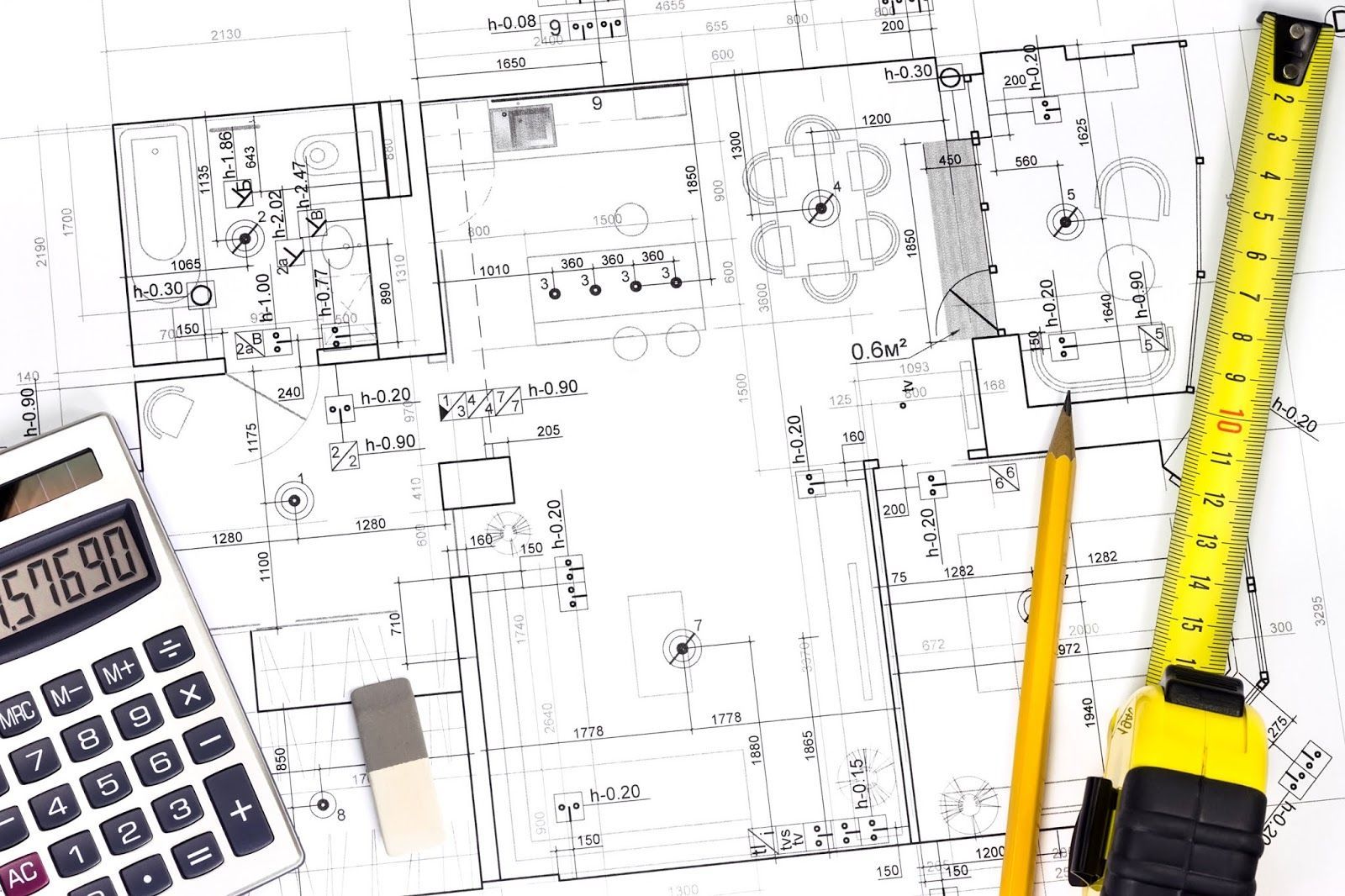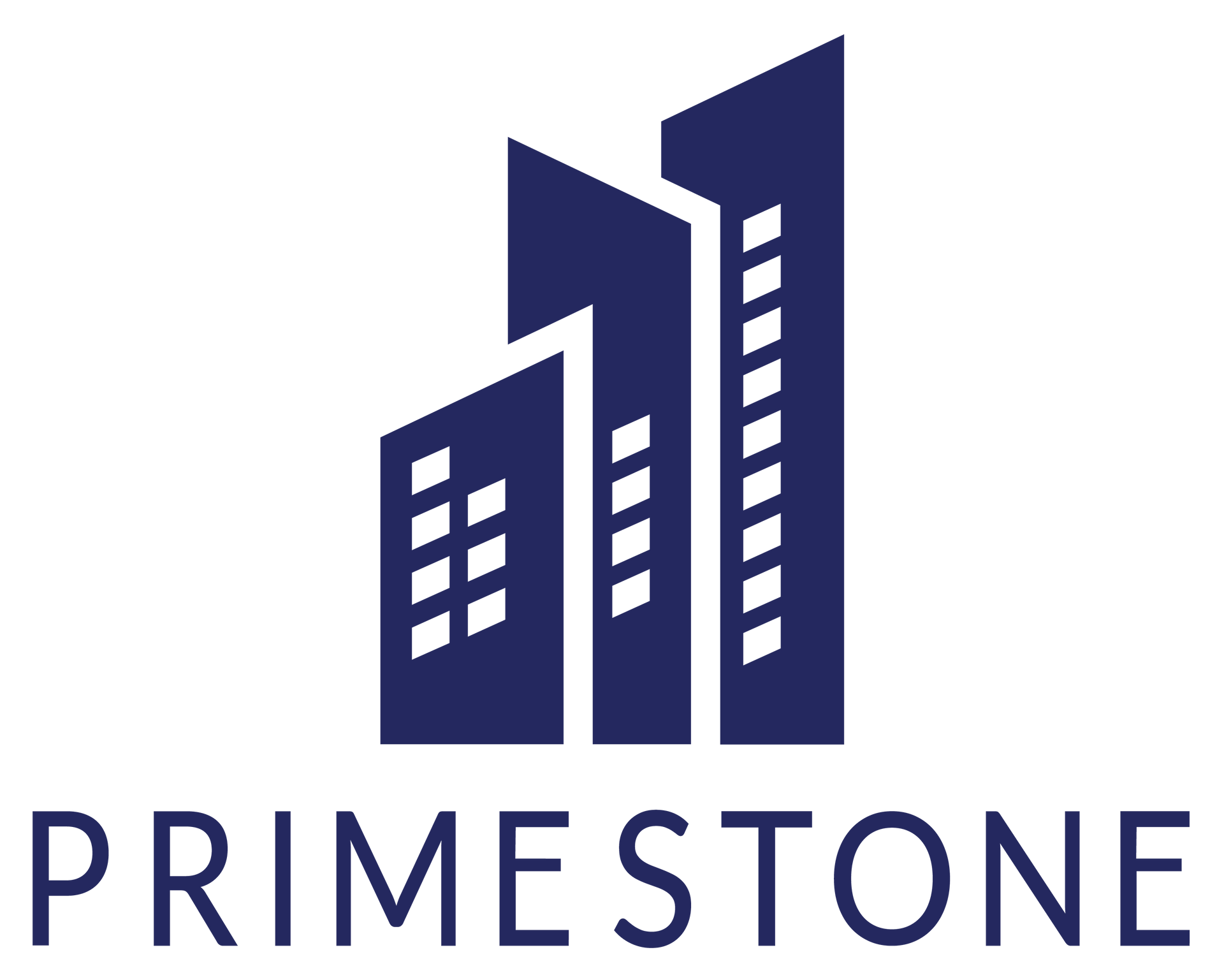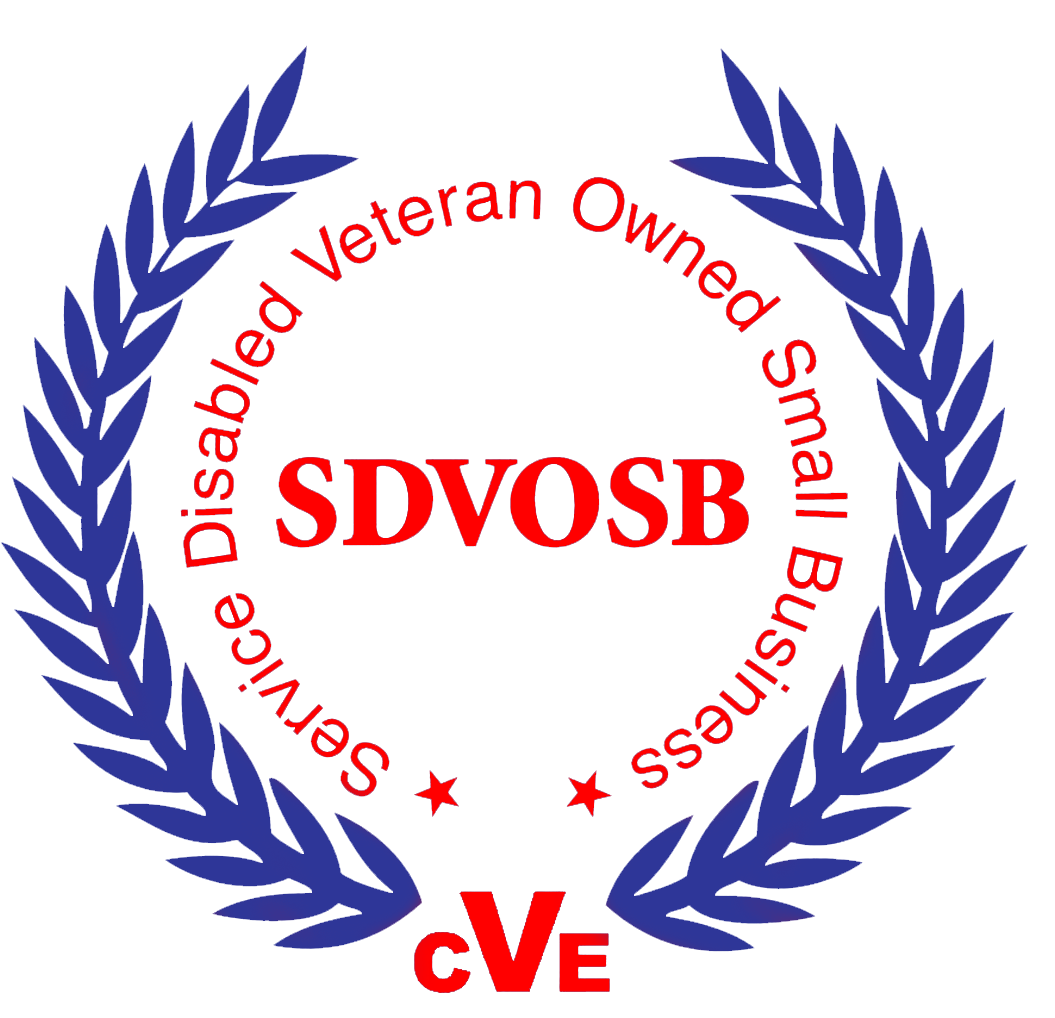Empowering Diversity
The Growing Role of Women and Minorities in Construction Consulting –
And Why It’s a Game-Changer
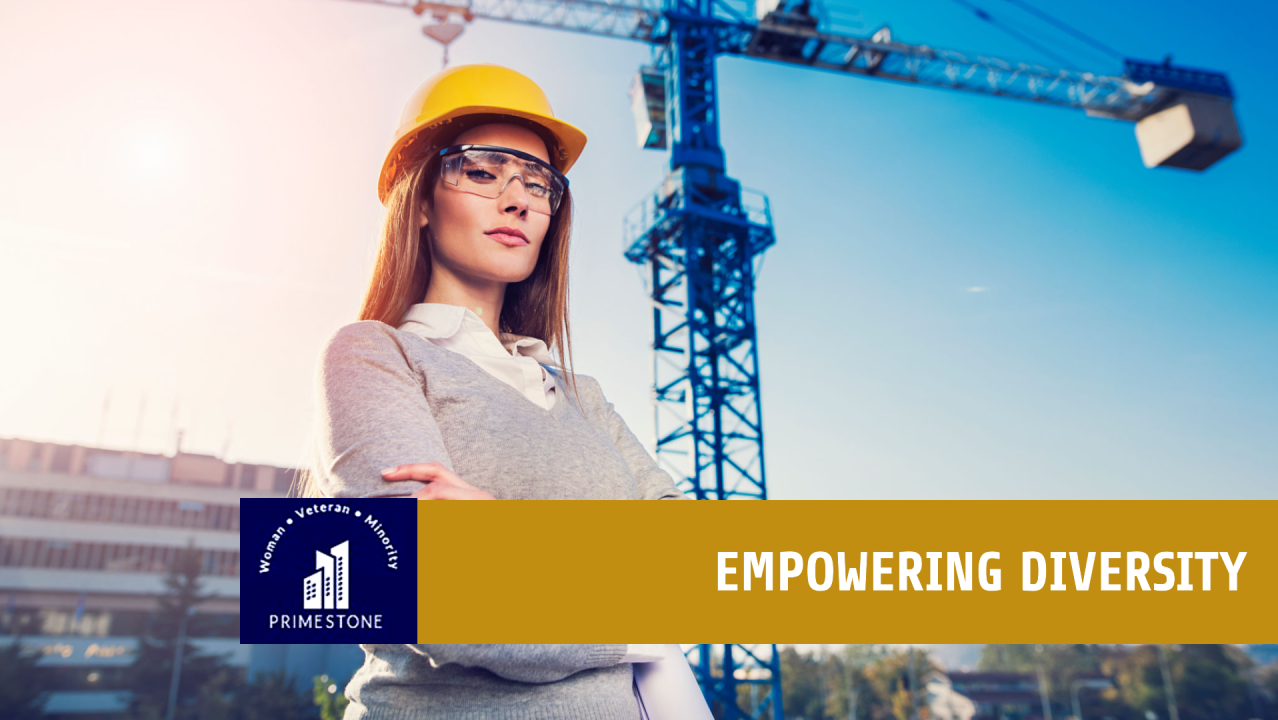
Construction has long been dominated by a homogeneous group of leaders, but this is rapidly changing. Women and minorities are breaking barriers, carving out spaces in what was once a male-dominated industry. Their growing presence is not only a matter of fairness but is quickly becoming a game-changer that will reshape the entire sector, driving innovation, efficiency, and inclusion.
While the construction industry overall has been slow to change, consulting has seen a major shift. According to the National Association of Women in Construction (NAWIC), women now account for 9.1% of the construction workforce, up from just 3.5% in 2000. In construction consulting, the figures are steadily climbing, as firms recognize the value of diversity in decision-making, leadership, and operations. Furthermore, a 2019 McKinsey report showed that companies in construction and engineering with a higher level of gender diversity are 15% more likely to outperform their competitors.
The impact of diversity goes beyond numbers. It is about the fresh perspectives and innovative problem-solving approaches that women and minorities bring to the table. Women and minority professionals offer a unique ability to bridge cultural gaps, fostering collaboration across teams that would otherwise be hard to achieve. This is particularly important as the industry increasingly works on global projects involving various stakeholders from different cultural backgrounds.
In construction consulting, women and minorities are often driving initiatives to improve the safety and environmental sustainability of projects. They are championing technology adoption, promoting better project management tools, and addressing issues like inequality and underrepresentation in the workforce. Minority-owned businesses in the construction consulting space have grown by 30% over the past five years, outpacing the overall industry's growth.
One of the key reasons this shift is so important is that it aligns with the broader goals of diversity, equity, and inclusion (DEI). Studies have shown that diverse teams are better equipped to solve complex problems, make better decisions, and achieve higher profitability. In fact, companies with diverse teams are 35% more likely to have above-average financial returns, according to the Harvard Business Review.
At The Primestone Group, we are proud to be part of this growing trend. We are an MBE and WBE certified firm, and we actively seek out opportunities to mentor and elevate women and minorities in construction consulting. As a minority-owned business, we know firsthand the challenges of breaking through in a traditionally male-dominated space, but we also understand the immense value that diverse teams bring to the table.
Our work is stronger, more innovative, and more impactful because of the diverse voices and perspectives on our team. As the industry moves toward embracing a broader range of talent, the potential for growth and success is limitless. By empowering women and minorities, we are not only enriching our own firm but also paving the way for a more inclusive, successful, and future-focused industry.
The growing role of women and minorities in construction consulting is not just a trend — it’s a revolution. And those who are ready to embrace this change will be the ones leading the charge toward a more prosperous and equitable future in construction.
